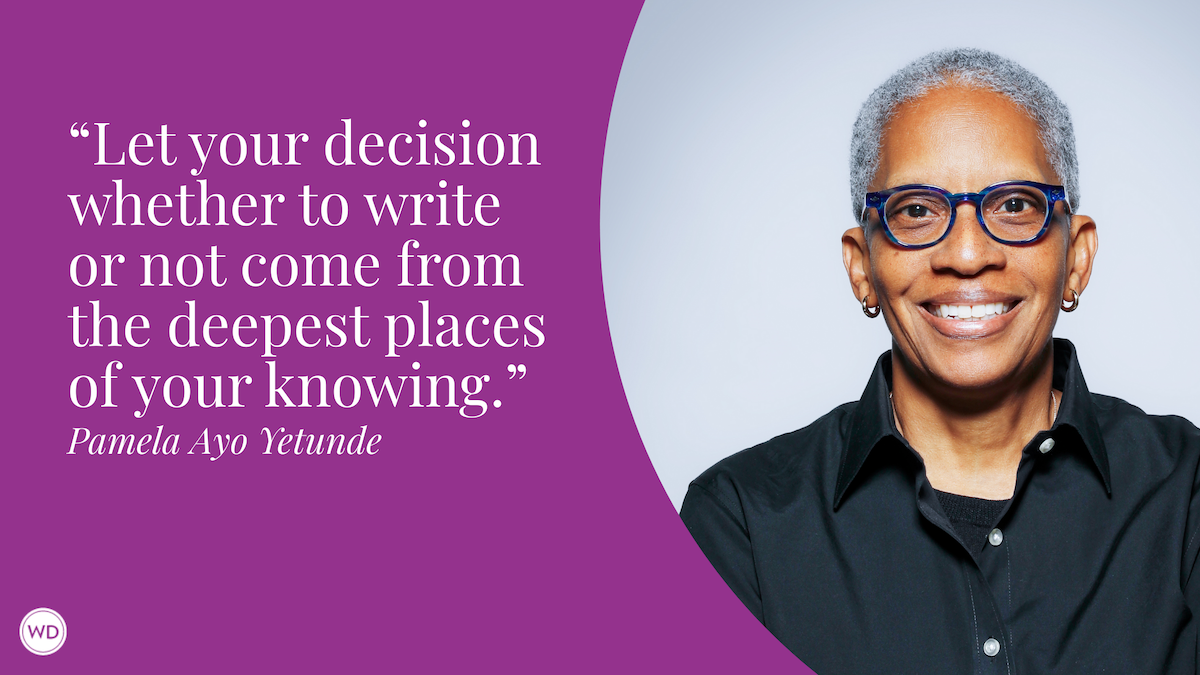A Conversation With Thomas Perry on Suspense and Leaving What Matters (Killer Writers)
Clay Stafford has a conversation with Thomas Perry on building suspense in fiction and leaving what matters to keep readers engaged.
As a writer, I’m always drawn to storytellers who make suspense feel effortless, and Thomas Perry is one of the best. Revisiting The Butcher’s Boy, Pro Bono, Vanishing Act, and more, I was reminded of how his quiet tension pulls you in. In this conversation, we dig into how he does it.
“Thomas, for this interview, I’ve gone back to my library and read some of my favorite books of yours over the years, The Butcher’s Boy, Vanishing Act, Metzger’s Dog, Pursuit, along with your new book Pro Bono just to refresh myself on your writing style and try to get inside your head. Suspense is your trademark. Your novels build tension in this quiet, methodical way. What do you consider the most essential element of suspense in storytelling?”
“I think that it has to do with how you start. I start, when I write, to remind myself what I’m doing, like, I’m telling a friend a story, and I say to him in my mind, this is a story that I think you might enjoy. The only thing I can promise about it is that you haven’t heard it before, and then I start. Usually, something happens early on that upsets things. And in a way, what’s going on in that situation is that I’m pushing the toboggan to the top of the hill and giving it a shove. In that situation, you want to try not to waste the reader’s attention that he gives you. It’s a gift. Don’t squander it. In a sense, what I want to do is have it go along until the reader thinks everything’s probably okay, and it isn’t.”
“As you say, keep the reader’s attention. You build these imaginative, layered plots, but you don’t ever feel like you’re rushed. You take time with it. How do you structure that story to maintain suspense and keep it simmering, while supporting the momentum without overdoing it? Because you do take time, and you build.”
“That’s part of it. There’s an old quotation that I have always liked from Dickens: Make them laugh, make them cry, make them wait. I consider myself somewhat in the business of making them wait. It’s one of those things where if you lose your sense of who the reader is and what he’s experiencing, you better rewrite. It’s essential to sense that he’s reacting the way you’re reacting to it—you, the writer. If it doesn’t work for you, it won’t work for anybody.”
“When you’re writing, you’re focused on the reader heavily?”
“At that moment, the only representative of the reader is me. I’m the reader at first. Then afterward, I go through and make sure I didn’t make a disastrous mistake or something.”
“Speaking of readers, in most of your books, the reader sometimes knows slightly more than the protagonist, or sometimes vice versa. How do you decide how much information to give the audience at any moment to create optimum suspense?”
“It’s always experimental. It’s always a situation where you think, I’ll do it two ways and see which works better. Will it be better if the reader sees this coming over a long period, as the disaster develops? Or will it be better if it’s just a shock? It depends. It’s almost like the rhythm of a song. You’re trying to play with it and surprise people, but at the same time not go over the top.”
“Do you typically know your ending when you start writing? Or do you discover it?”
“I discover it. But when I start, I know who’s in it and who will be standing at the end of it. That’s all I know. That’s all I allow myself to know because I don’t believe in outlining. I’m somebody who goes by feel. What’s great when you talk to people is that you can see them and get a sense of what confuses them or what they’re interested in, what bores them, you know. But in writing, you must be your audience for a while.”
“If you know who’s standing at the end, does that affect how you build the suspense along the way?”
“Oh, yeah. I have to make the reader forget that some repeated character is probably not going to die. There is a character that I like and keep bringing back. However, aside from that, everything is open. I have laid with that a little too much sometimes, where I had somebody who was believable and good and admirable and interesting die, and boy, you should see the letters you get when you do that.”
“Speaking of that sort of thing, misdirection and revelations are again part of your trademark. What’s your suspense method for planting clues and red herrings to maintain trust with your readers while at the same time keeping them off balance?”
“Usually, I take a character who is looking at the situation, what that person can see–imagine it as a television show or something. There’s a camera. The audience is looking at a scene. And what can he see from here? What’s there? What does it look like? What conclusion would you draw as to what’s happening? And then, of course, what happens is that the character doesn’t know as much as he needs to, so there’s a surprise. There’s a problem that he hasn’t anticipated.”
Check out Thomas Perry's Pro Bono here:
(WD uses affiliate links)
“You made me think of a question then, because I think much of your suspense comes not so much from the external danger alone as you just said. It’s the character coming out. It’s the moral tension, the inner conflict, the character psychology. How do you weave those emotional threads into the plot?”
“Well, in a way, part of writing is a surprise. You’re learning as you’re going through and writing, and the audience is experiencing the same thing. You’re both figuring it out. You’re both doing the same thing. Let’s say there are some surprises. There are some misinterpretations. That’s the true situation when you’re in a dangerous problem. You don’t know and keep thinking of these rational, completely supportable beliefs about what’s happening. If I can do it, I will try to make what’s happening something truly frightening to the person experiencing it. This is the thing you’re scared of, and here it is. That’s the point at which you’re sort of at your peak. At that point, what you have to do is to, as a person, decide what you’re gonna do about it. A few years ago, I saw a film that was a security camera in Los Angeles International Airport when there was a person who was in there with a rifle. I watched hundreds of people running like crazy to get away from it through this camera. Then I saw about five cops, and they were running as fast as they could in the other direction toward that thing. In a way, that’s what you want to write about. You want to write about those people.”
“You’re one of the best at writing chase scenes and escapes. They feel real, and they don’t feel like they’re overdramatic or overdone. What’s your approach to writing those high-stakes moments? Maybe like the one you’re talking about in the airport right there.”
“I form a picture as to what that would look like. What’s going to happen? And what are your choices? Where are you going to go? What are you going to do? Do you hide behind one of those big concrete pillars and maybe wait for the shooter to come behind the same one? Or what do you do? It’s kind of a question of time. You don’t have time. You have no time to figure these things out when they happen. It’s like a fight. It’s there. There’s already somebody swinging at you. That’s kind of part of the human condition. Bad things happen to people, and it’s always a surprise.”
“Even in some of your more tender love scenes, you have tension. There’s that element of suspense that’s going, but it’s slower. How do you maintain that suspense when you have the more dialogue-driven, descriptive parts, or sensitive parts? How do you still maintain that sense of tension?”
“When it goes well, it goes well, but there’s a second draft, a third draft, a fourth draft, things that you can do to adjust it. Some people tell you that they can write five novels in a year, and they’re all going to be exactly as good as the others. I congratulate them. But I can’t do it because I want to wait until it’s the best way I can do it. It’s the best version of that story. If it takes a year, it takes a year.”
“Looking at craft, do you focus on maybe sentence rhythm, pacing, or paragraph structure, or anything like that to amplify the suspense on a line-by-line basis?”
“All native speakers do. We can hear a statement and decide that it is incredibly elegant and eloquent, and then we decide that another one falls flat. And why is that? It’s some rhythm in the speech. Also, I think it has to do with whether the thing that we’re saying is new. If we’ve all heard it fifty, sixty times before, we’re not moved by it. I think again, it’s trying to tell somebody a story that they haven’t heard before. I learned something valuable when my wife and I wrote as partners for television. When you wrote a script and it was filmed, you would be in dailies, and you would sit there and watch the footage. Watch how they did it, and the various takes, and so on. And if it doesn’t work, it just lies there. It’s too long. It doesn’t have the necessary conciseness that works in a story. We’ve all been in situations where we listen to some wonderful, nice person who tells us a story, and it’s like fifty times too long or seems like it’s fifty times too long, because they sort of never get to the point. In a way, writing is in that danger. Writing professionally causes you to be at risk for that. It’s great to consider cutting those things, or at least part of them, and getting it to a leaner and cleaner scene.”
“Leaving only what matters.”
“Leaving only what matters. You only have time for what matters if you’re trying to reproduce what it feels like to be in danger in a corrective way. They say, you know, she doesn’t have time to think about fifty other things while this is happening.”
_____________________________
Thomas Perry is the bestselling author of over twenty novels, including Pro Bono, Hero, Murder Book, the critically acclaimed Jane Whitefield series, The Old Man, and The Butcher’s Boy, which won the Edgar Award. He lives in Southern California. https://www.thomasperryauthor.com/
Clay Stafford is a bestselling writer, filmmaker, and founder of Killer Nashville International Writers’ Conference and The Balanced Writer. Subscribe to his newsletter at https://claystafford.com/








